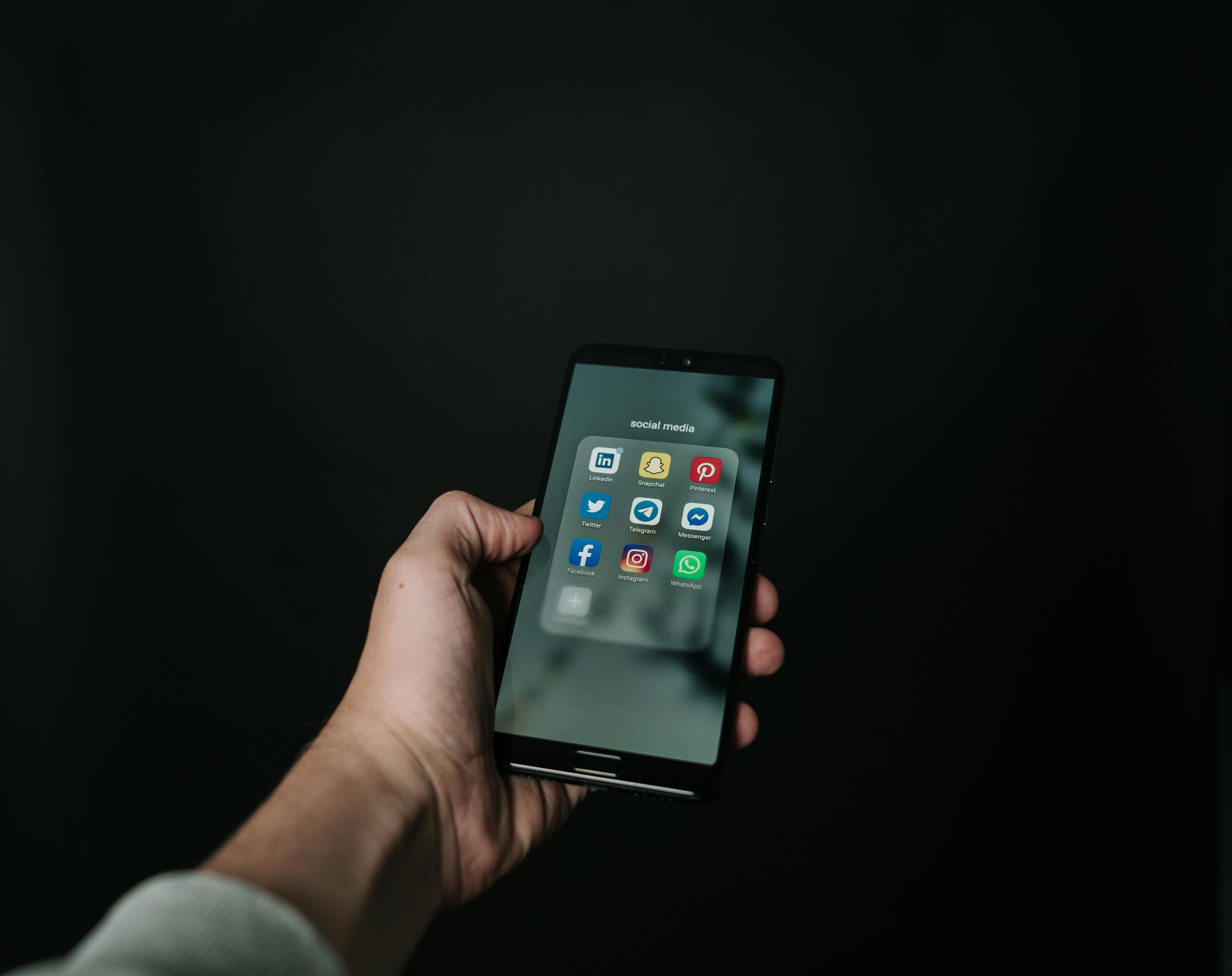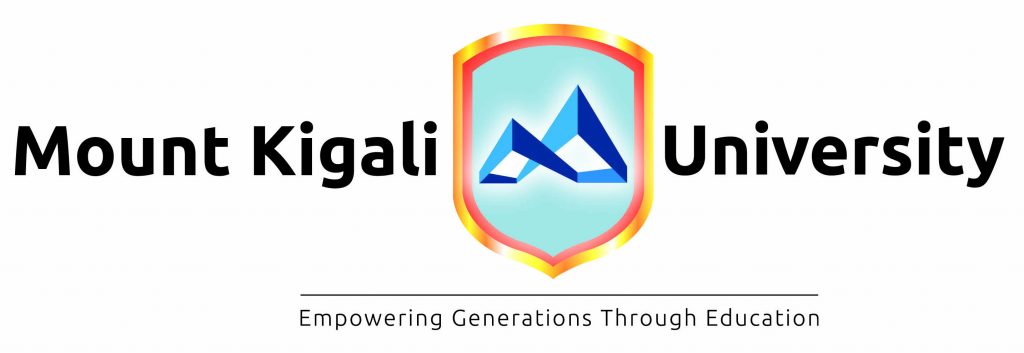In today’s digital world, social media has become a powerful tool for success, creativity, and connection. Platforms like TikTok, Instagram, and YouTube are helping millions—especially young people—build careers, share ideas, and even earn money, all from their smartphones. But alongside the rise of this digital lifestyle comes a darker reality: dangerous trends that have cost lives.
A world of likes, follows, and risks
To gain attention and stay popular online, content creators often feel pressure to follow viral challenges. Some do it for laughs, others for fame. But some challenges aren’t just risky—they’re deadly.
One tragic example is 13-year-old Nnamdi Ohaeri Jr. from Murrieta, California. He died after attempting the “Blackout Challenge,” a viral stunt that involves cutting off oxygen to the brain to feel a brief high. His family, heartbroken by the loss, said:
“We thought we had done everything right. But social media took our child.”
Another grieving parent, Kasia, lost her 12-year-old son to the same challenge. Through tears, she pleaded:
“I hope my child’s death will serve as a warning. These platforms need to do more to stop these dangerous trends.”
And it’s not just children. A 19-year-old woman in the U.S. died after attempting a challenge known as “dusting,” also called chroming or huffing—inhaling chemicals from household products like canned air for a quick high. It went viral, but ended in tragedy. All for likes. All for views.
Who should be held responsible?
This growing crisis raises urgent questions. Who is to blame? The social media companies? The influencers? The algorithms that reward risk-taking?
While social media offers opportunities for learning and connection, it also spreads harmful content fast, often before it can be stopped. Some challenges may seem fun or harmless, but they carry serious, even deadly consequences.
As these tragedies show, the cost of viral fame can be far too high. There is a growing call for platforms to take stronger action by removing dangerous content quickly, flagging risks, and protecting young users.
Social media should be a place for creativity, not a place where lives are put at risk. Let’s use our platforms wisely, talk to one another, and educate those around us. Let’s make sure social media builds futures, not ends them.





